Medical injection-molded products demand high precision, cleanliness, and material stability. Cold slugs—plastic that is incompletely melted or prematurely cooled—can cause surface defects, reduced mechanical properties, and even compromise biocompatibility. This phenomenon typically stems from uneven melt temperatures, improper injection processes, or mold design flaws. This article systematically explores key strategies to prevent cold slugs in medical injection molding from three perspectives: process optimization, mold improvement, and material management.
1. Process Parameter Optimization: Precise Control of Melt State
-
Temperature Gradient Management: Medical-grade plastics (e.g., PC, PPSU, PEEK) are temperature-sensitive. A reasonable barrel temperature profile is critical. For PC, the barrel temperature should be set at 280–320°C, divided into three zones: feeding zone (260–280°C for preheating and moisture removal), compression zone (290–310°C for melting and plasticization), and metering zone (300–320°C for heat preservation and homogenization). This ensures uniform melt viscosity and prevents localized overheating or insufficient melting.
-
Injection Speed and Pressure Coordination: Cold slugs often occur due to low initial injection speed, causing premature cooling in the runner. Adopt a "high-speed start + segmented deceleration" strategy: fill at 80–90% of maximum speed initially to minimize melt residence time in the runner, then gradually decelerate to 30–50% near the cavity to avoid turbulence and internal stress. Injection pressure should be aligned with speed; for PC, a recommended range of 120–150 MPa is necessary to ensure complete cavity filling.
-
Back Pressure and Screw Speed Adjustment: Low back pressure leads to uneven melt density, increasing cold slug risk. In medical molding, back pressure is typically set at 5–15 MPa, paired with a screw speed of 20–50 rpm to ensure sufficient plasticization time (e.g., 15–20 seconds per rotation for PC) and prevent unmelted particles from entering the melt.
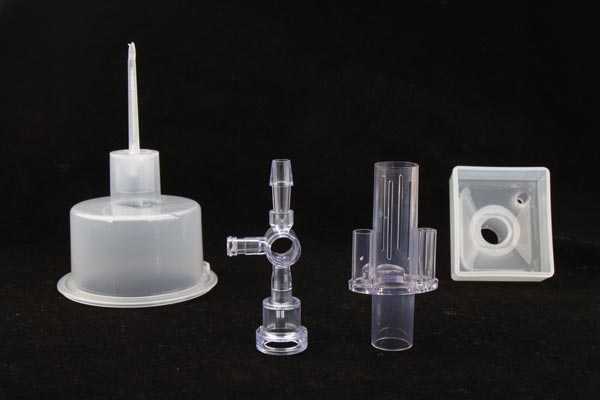
2. Mold Design Improvements: Reducing Cold Slug Retention and Transfer
-
Cold Slug Well Optimization: Design a cold slug well at the end of the main runner with a depth 1.5–2 times the runner diameter and a tapered structure (5°–10° cone angle) for easy ejection. For multi-cavity molds, add small cold slug wells before each cavity entrance to intercept cold material from the main runner.
-
Runner System Balancing: A hot runner system eliminates cold slugs entirely. If using cold runners, optimize the layout: increase runner diameter with distance from the main runner (e.g., from 8 mm at the main runner to 10 mm at branches) to ensure uniform pressure; keep runner length within 1.5 times the cavity’s projected area to minimize pressure loss.
-
Gate Position and Type Selection: Medical products often use submarine gates or pinpoint gates, positioned away from functional surfaces (e.g., sealing areas, threads). Gate diameter should match material flowability; for PC, it should be 0.8–1.2 times the product wall thickness to ensure laminar flow during filling.
3. Material and Equipment Management: Source Control of Cold Slug Risks
-
Raw Material Preprocessing: Medical-grade plastics require strict drying. PC, for example, must be dried at 120°C for 4–6 hours to reduce moisture content to ≤0.02%. Use desiccant dryers to maintain hopper air humidity ≤10% and prevent hydrolysis-induced degradation.
-
Equipment Maintenance and Calibration: Regularly inspect heating bands and thermocouples for accuracy (error ≤±2°C). Clean screw and barrel interiors to remove carbonized deposits that impair heat transfer. For high-precision medical products, equip melt temperature sensors for real-time monitoring.
-
Cold Slug Handling Mechanisms: Perform "dry cycles" before injection to eject cold material from the barrel front. For automated lines, install cold slug detectors (e.g., infrared sensors) to halt injection and trigger alarms when cold slugs are detected.
Case Study: Medical Connector Injection Molding
A manufacturer producing PC medical connectors initially faced surface flow marks and silver streaks due to cold slugs. After implementing the following improvements, the defect rate dropped from 12% to 0.5%:
-
Process Adjustment: Increased barrel temperature to 310°C, injection speed to 85%, and back pressure to 10 MPa.
-
Mold Modification: Replaced cold runners with a hot runner system and enlarged gate diameter from 0.6 mm to 0.8 mm.
-
Material Management: Extended drying time to 5 hours and added online humidity monitors.
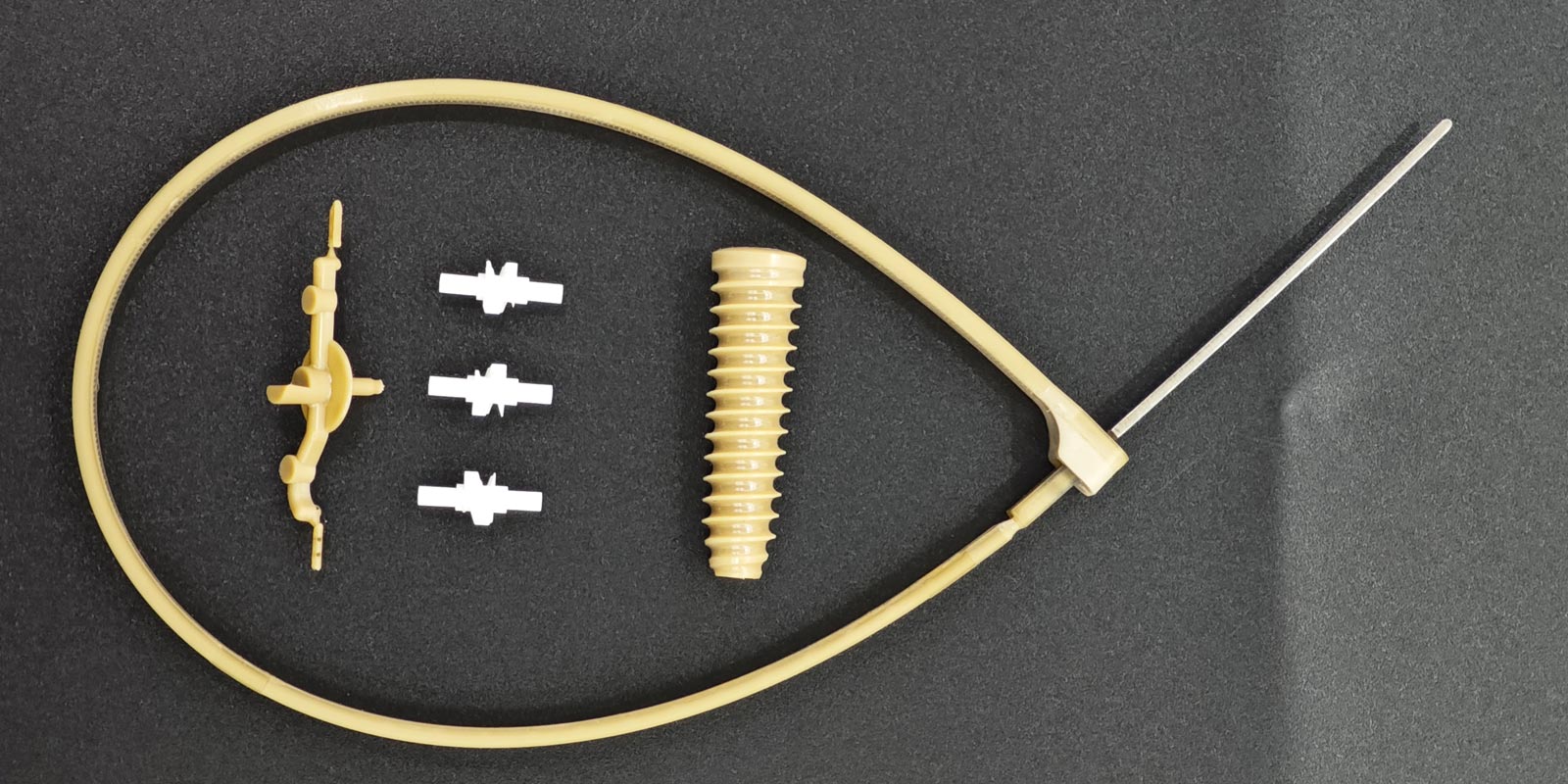
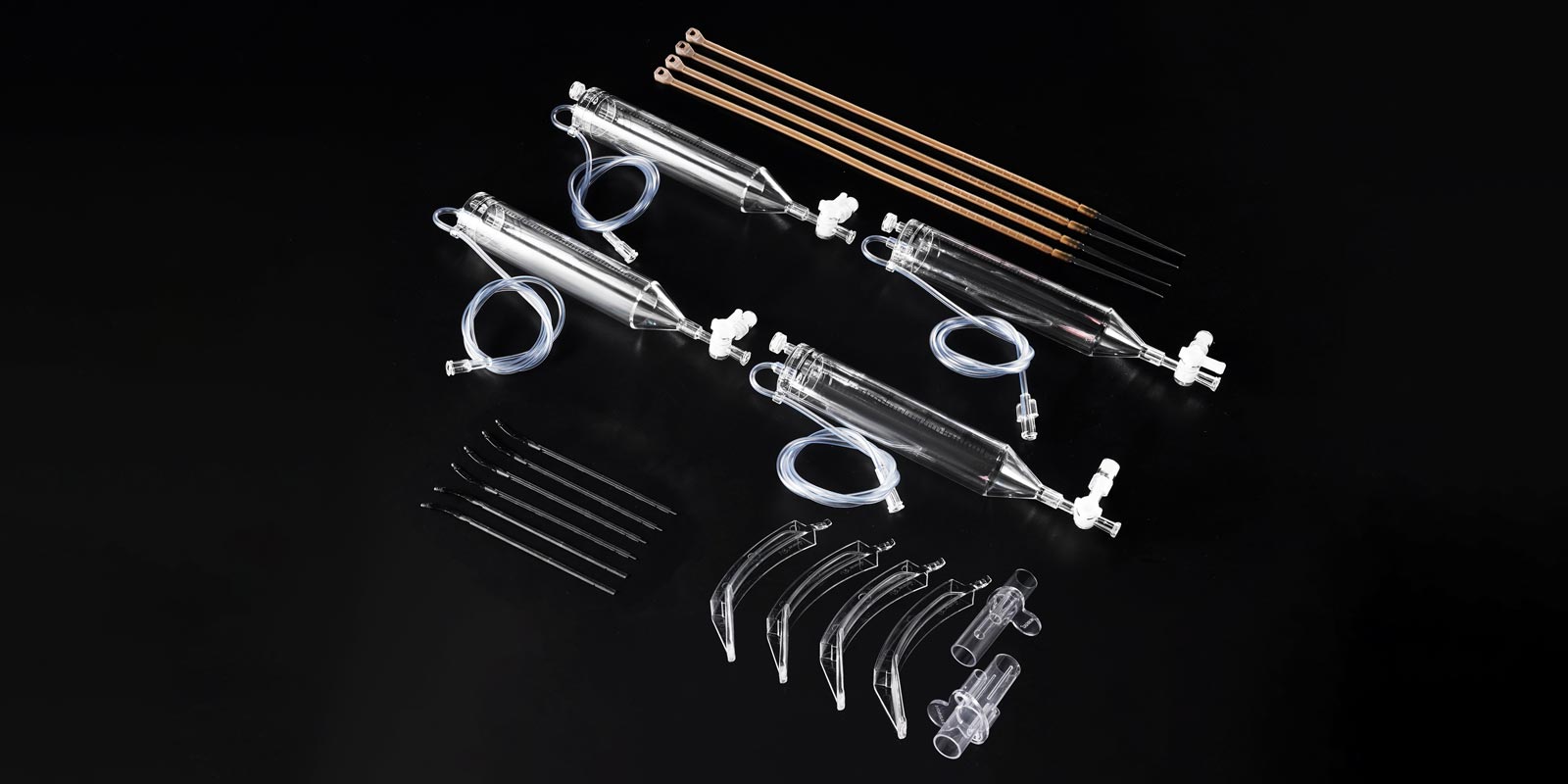

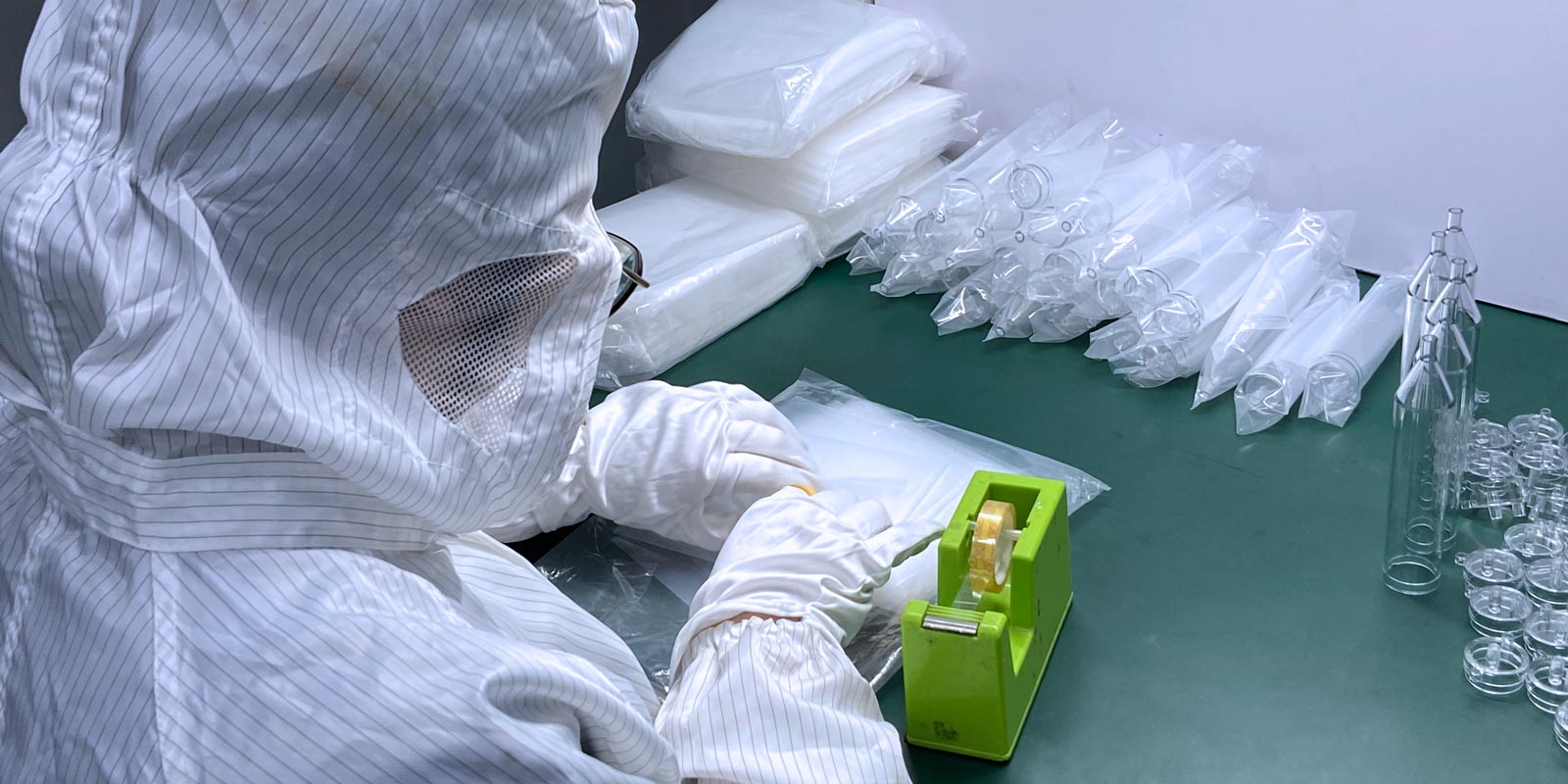
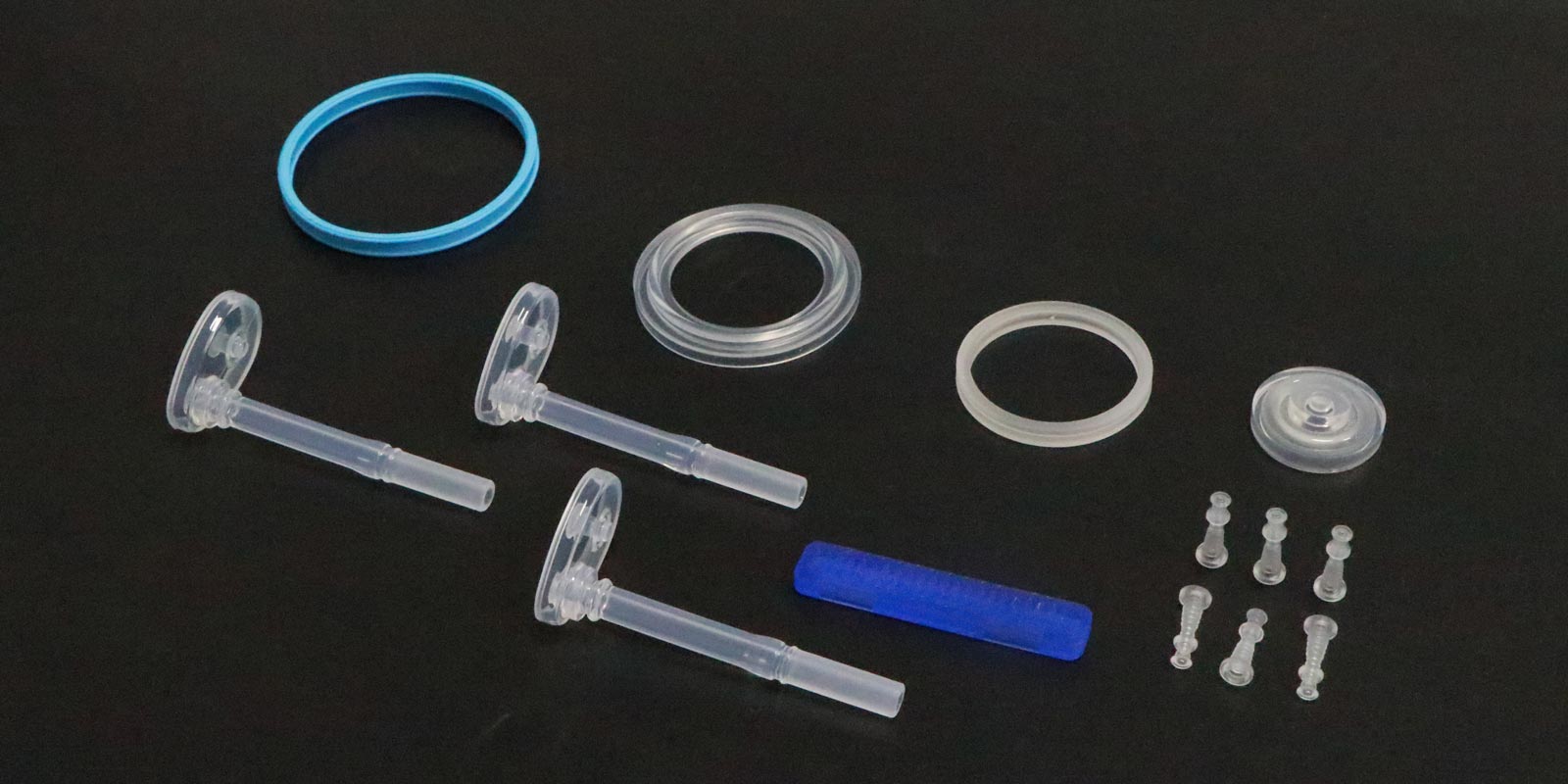


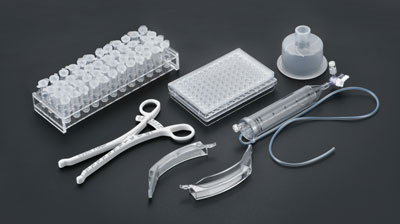








 Home
Home
